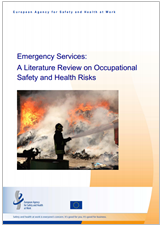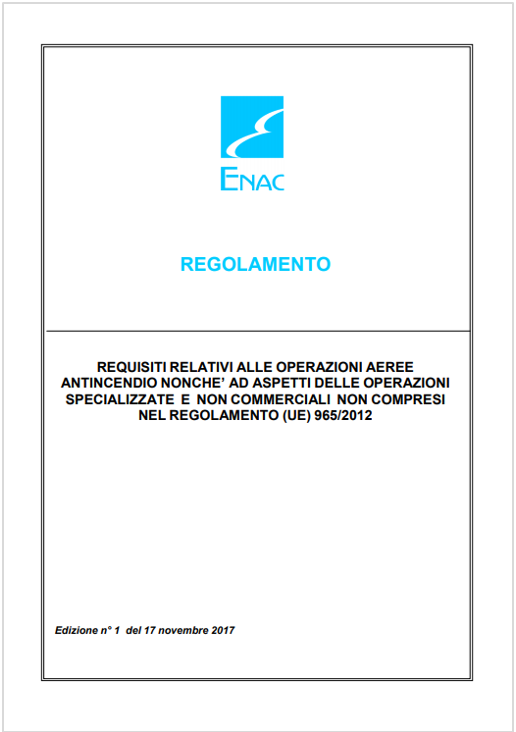Informazione tecnica HSE / 25 ° anno
/ Documenti disponibili:
45.555
/ Documenti scaricati: 34.430.376
/ Documenti scaricati: 34.430.376

Emergency workers comprise large professional groups ranging from career and volunteer fire-fighters, police officers, emergency medical staff (paramedics, emergency medical technicians, doctors and nurses) to psychologists.
In major disasters, rescue workers, technicians from large relief organisations, additional medical staff, military personnel, antiterrorist forces, body handlers, clean-up workers, construction workers, and numerous volunteers are involved.
Depending on the emergency/disaster site, emergency workers need specialisation for instance in water rescue, mountain rescue or rescue from heights.
Current environmental, economic, and political developments and trend data all suggest an increase in the severity and frequency of disasters in the future.
Phenomena that support this assumption include increased energy use, progressive global warming, climate change and pollution, population growth, dispersal of industrialisation around the globe, expansion of transportation facilities, and the growing spread of terrorism.
The growing issue of better protection for emergency workers against the occupational safety and health (OSH) risks has been emphasised as a priority by many experts.The demands made upon emergency workers, as well as OSH risks they are exposed to, will rise as they are confronted with events greater in both number and severity

ID 4567 | 03.09.2024
Legge 27 marzo 1992 n. 257
Norme relative alla cessazione dell'impiego dell'amianto.
(GU n. 87 del 13 aprile 1992 - SO n. 64)
_________
Vedi testo aggiorna...

Requisiti relativi alle operazioni aeree antincendio nonché ad aspetti relativi alle operazioni specializzate e non commerciali non compresi nel regola...

Progettare e attuare un piano di controllo e manutenzione delle attrezzature di lavoro.
Quando è necessario predisporre un piano di controllo e manutenzione ...
Testata editoriale iscritta al n. 22/2024 del registro periodici della cancelleria del Tribunale di Perugia in data 19.11.2024